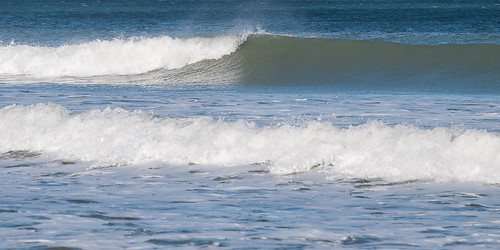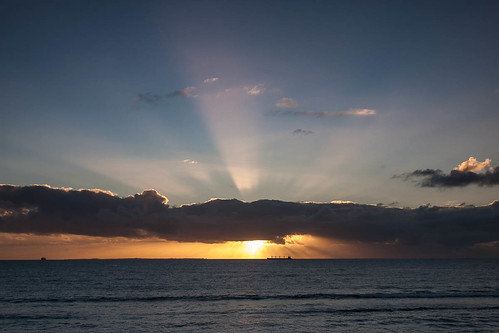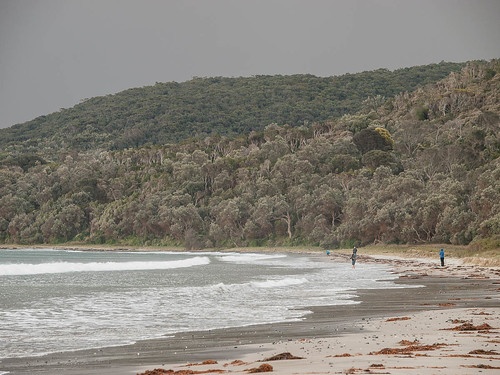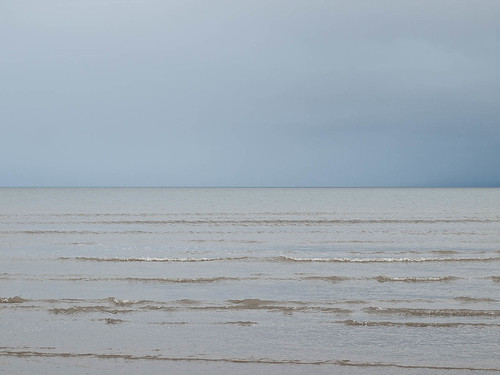I guess that very few of us have not at some time or another stood on a headland, or at the edge of a beach, and simply watched waves going in and out. Their cyclic rhythm seem to hold a fascination that catches us at some sub-conscious level, even the noise is relaxing. So perhaps it’s not surprising that waves and by implication the sea and its tides have featured in art for almost as long as art has been used to tell stories or convey feelings.
Homer uses the familiar tidal metaphor to describe the “the tide of the battle” turning in the Iliad – a bit surprising as the Mediterranean is not really tidal – and Horace refers to tides regularly – although you have to be a bit careful with translations as the words tide and waves seem interchangeable in some cases. Closer to home Shakespeare has Brutus referring to a tide in the affairs of men, and a little earlier an R Green noted that “Tyde nor time tarrieth no man.” which may be the earliest reference to time and tide waiting for no man. And of course, at the turn of the 20th century, John Masefield declared:
“I must down to the seas again, for the call of the running tide
Is a wild call and a clear call that may not be denied;”
On the far side of the world, and 250 years earlier, in Japan Basho was writing:
Autumn full moon,
the tides slosh and foam
coming in.
..which does as good a job as any photo of capturing the experience of watching waves breaking on a shoreline.
On the musical front my knowledge isn’t good enough to identify early examples although Smetana used music to represent the sound of the Vlatava, and more recently Einaudi’s minimalist composition “Le Onde” (Waves) is clearly inspired by the ebb and flow of waves and tides. Even more recently still a Styx song catches an idea that many of us will have felt when watching the sea in “Sailing Away”:
“I look to the sea, reflections in the waves spark my memory;
Some happy, some sad, I think of childhood friends
And the dreams we had,”
Moving on to the visual arts waves have been a prominent feature of paintings down the years, both in the western world and in the Far East, where Hokusai’s “Great Wave” has become perhaps the most famous example of a Japanese woodblock print. In photography Adams produced a series of waves coming in on a beach in San Mateo County which are considered by some to be highly influential. As with the Smetana and Einaudi music, the representation of the ebb and flow is significant in this work.
Bringing us right up to date, Sugimoto’s seascapes do not reference ebb and flow or continuous movement, but they do point to the idea of the seas as a constant presence in the life of the human race.
Since I first came across these Seascapes in Barth’s Vanishing Landscapes I have found myself re-visiting them time and again (like the waves going in and out perhaps). I particularly like the idea that they are effectively a direct link to our ancestors, who will have seen exactly the same views back at the dawn of time – and yet while this is true on the scale of Sugimoto’s seascapes, at the waters edge the picture is always different. Which brings me part way to Assignment 3.




No comments:
Post a Comment